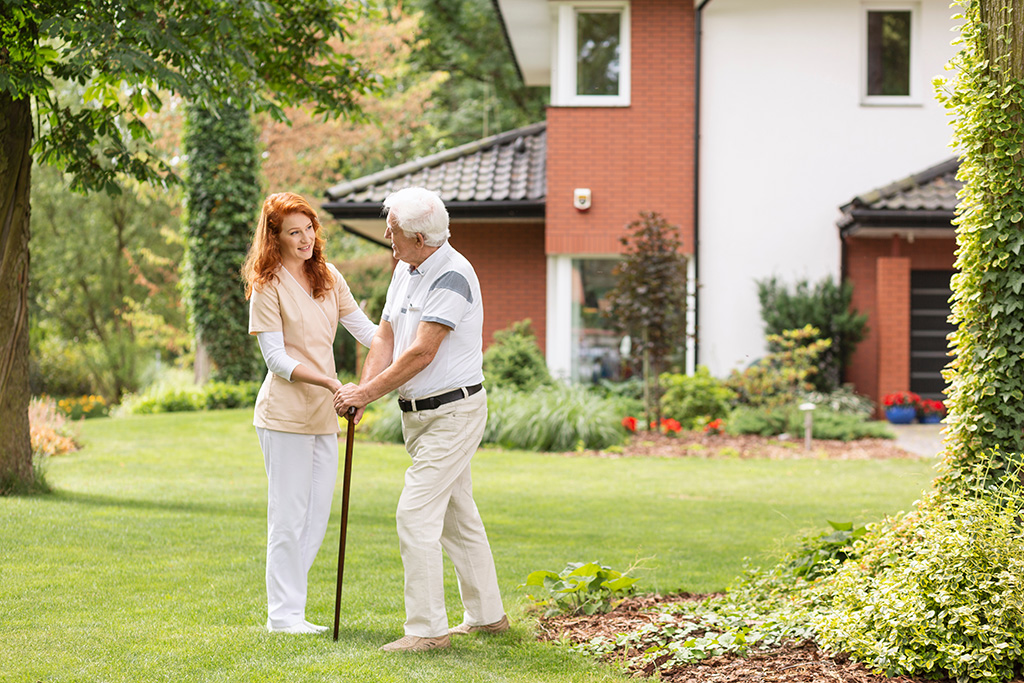It is not a secret that mature adults should be exercising regularly to stay healthy. The simple act of walking has many great benefits for them, from weight control to overall health. Walking can boost body mobility and memory and can even help to increase life expectancy while preventing depression. It is a common sight to see mature adults walking around the neighborhood, but there can be some difficulties that prevent others from doing the same. Here are some tips for walking safely for the elderly.
Know the Terrain
Knowing the terrain of the route you are going to walk on will help you a lot when it comes to walking safely. If you plan to walk a new route, do a little research beforehand to prepare yourself. By knowing the terrain, you can prepare by deciding what kind of protective gear you might need, or even a change of walking shoes. You should watch out for obstacles or uneven surfaces on your walk and try to avoid them if possible. If they are unavoidable, go over them carefully and seek help from people if needed. Try to avoid grassy surfaces and stick to pavements or concrete sidewalks, as grassy surfaces tend to be uneven, increasing the risks of falling.
Stay Alert
You must not let your guard down while walking, even in your neighborhood. Many unexpected events can happen, and this may pose dangers on your walk. Stay alert and aware while walking. If there are any obstructions like construction, walk around it. Also, never assume that a driver has seen you. Use crosswalks as much as possible and make sure to make eye contact with drivers on the road before you cross the road. Wait for the traffic light to be in your favor before crossing the street.
Stay alert and be aware of your environment. Do not be in a hurry to finish your walk, as they can increase your chances of falling. If you prefer to walk at night, do ensure that the route you take is well-lit.
Listen to Your Body
While walking strengthens the body, discomfort can be felt if you are just starting on your walking journey. Start slow and steady, and do not force your body to do beyond what it can. If your legs start to ache in the middle of your walk, it is okay to turn around and walk back home.
Once at home, elevate your legs or put them in an ice bath to ease the ache. Your body will get used to the exercise after a couple of days, so you do not have to overwork yourself at the start. Listen to your body and know your limits for the first few days, and your body will build stamina and strength with time. If your sense of balance is weak, please consult a doctor if you can go on daily walks before starting. Make sure that you get approval from your doctors before embarking on any walking trips.







